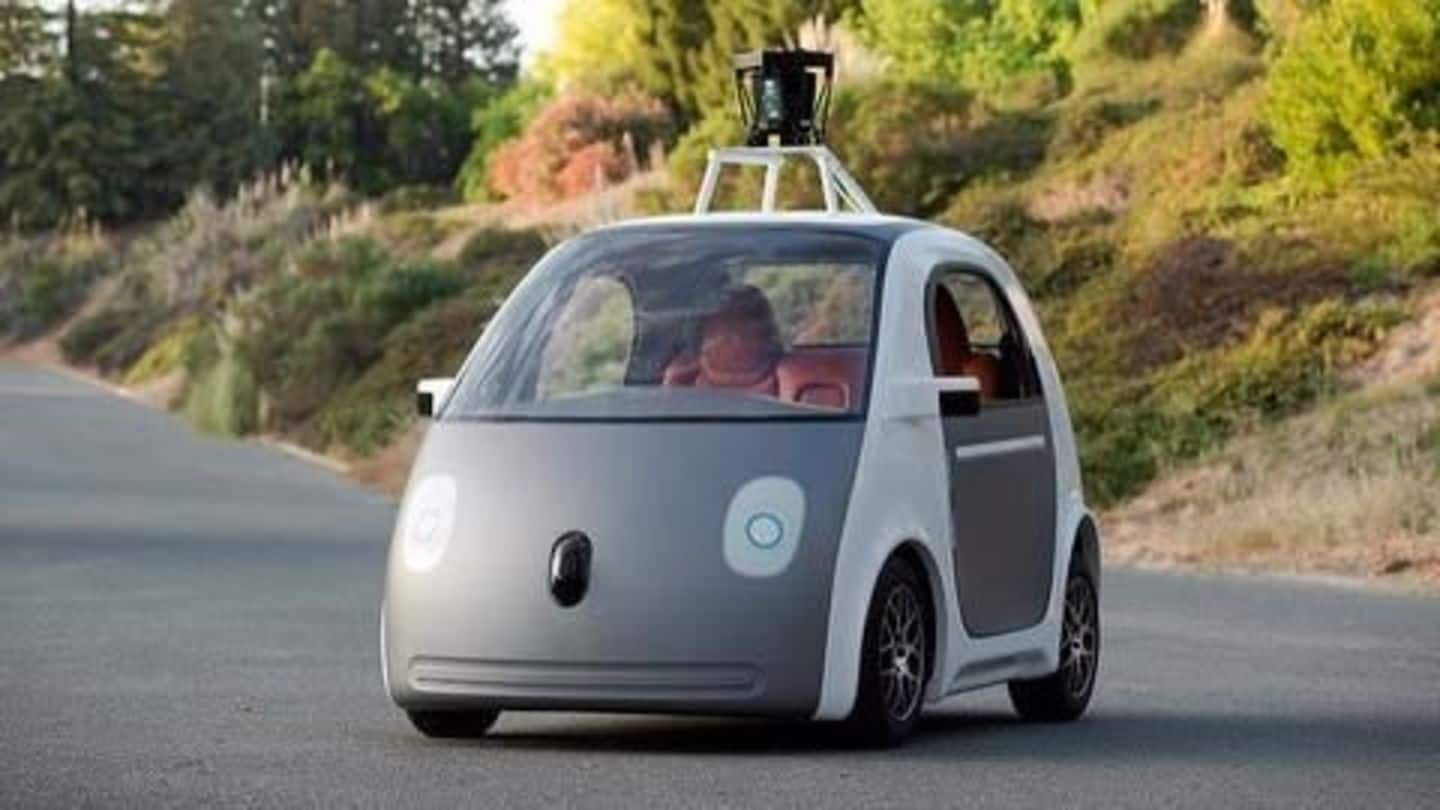
Looking back at the history of self-driven cars
What's the story
A future filled with autonomous vehicles might not be a distant dream anymore.
As it stands 13 of the world's 14 largest automakers, and 12 of the world's 13 largest technology companies have announced plans and partnerships to bring autonomous cars to the market soon.
With that in mind, we explore how it all came to be.
Origins
The idea of driverless cars takes root in modern thought
While the idea of a self-driving car can be traced back to Leonardo da Vinci's sketch of a self-propelled cart, it wasn't until the 20th century that concrete efforts were taken to realize the idea.
It was only in 1925 that the Houdina Radio Control Company demonstrated a driverless car in the form of a radio-controlled 1926 Chandler on the streets of New York.
Do you know?
Driverless car demonstration shapes popular fancy
In 1926, Achen Motor demonstrated a remote-controlled driverless car called the "Phantom Auto" on the streets of Milwaukee in the USA. The car was taken on a tour of various cities where it drew considerable amounts of curious crowds during the 1920s and the 1930s.
Towards automation
The world's first stand-alone autonomous vehicle
1960s onwards, after several failed attempts to improve road technology in a bid to automate transport, researchers turned their attention towards making smarter cars.
In 1977, Japan's Tsukuba Mechanical Engineering Laboratory developed what many consider to be the world's first stand-alone autonomous car, where, instead of relying on road technology, the vehicle relied on a computer which analyzed its surroundings using built-in camera imagery.
Shifting to AI
Scientist's demonstration sparks interest in AI for driverless cars
In the 1980s, Professor Ernst Dickmanns of the Universitat der Bundeswehr Munchen, Germany, demonstrated with a modified Mercedes that autonomous vehicles could be made to travel at high speeds.
Dickmanns' work, which used data-fed computing technology, sparked an interest in using AI to develop autonomous driving technology.
Soon after, the European research organization EUREKA invested €749 million in the field of autonomous vehicles.
Growing investment
Investment grows on both sides of the Atlantic
Parallel to developments in Europe, investments in autonomous car technology started increasing in the US, with increasing demonstrations of autonomous cars.
At the turn of the century, the US military announced the DARPA Grand Challenge to generate innovation in the field. $1 million was offered to teams whose vehicles could complete a 150 mile course. Although none could, the exercise led to important advancements.
Big money
Big money turns its attention towards self-driving cars
In 2010, Google announced that it had been secretly developing autonomous car technology, thus joining the race.
Several major companies have joined in since then, including Intel, Uber, Tesla, BMW, Volvo, Audi, Ford, Bosch, and lesser-known names like nuTonomy and FiveAI.
With more and more research and tests being carried out, it wouldn't be surprising to see major developments in autonomous car technology soon.